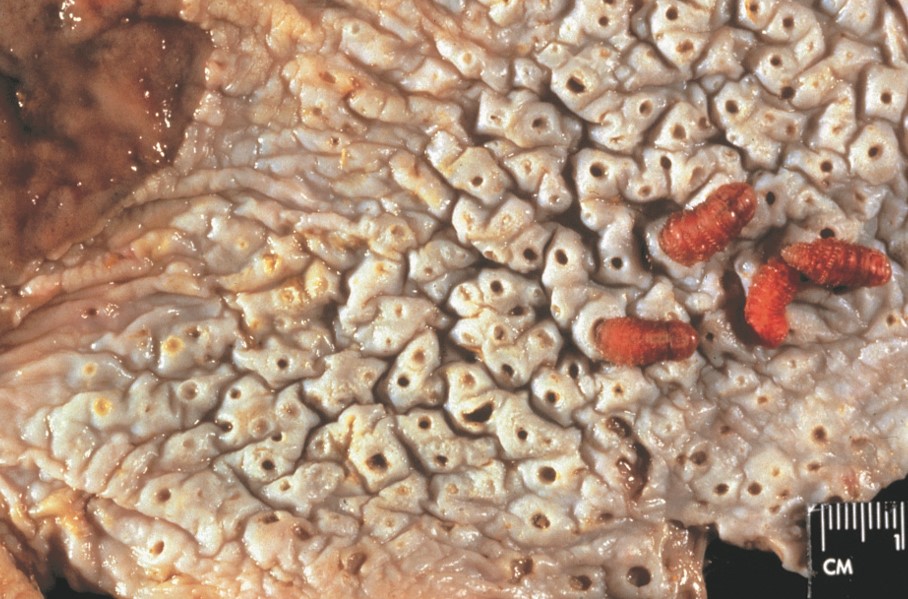Banishing bots
Banishing bots
Bots can be irritating for your horse and the onset of winter is usually the best time for you to get these pesky parasites under control.
What are bots?
Bots are the insect larvae of the bot fly and are a common adult parasite found within the horse’s stomach, yet they don’t show up in a standard Faecal Worm Egg Count (FWEC). Brown, hairy and bee-like to look at, adult bot flies can be a buzzy annoyance for your horse in the summer months.
The female bot fly is a prolific egg layer. She can produce up to 1,000 distinctive yellow eggs on the hair on your horse’s legs and shoulders or around the eyes, mouth and nose.
Your horse will inadvertently ingest the bot eggs while he’s grooming himself or a companion. The bot larvae will mature in his mouth and develop in the stomach for up to a year before emerging via dung. The larvae then burrow into the ground and develop into adults. Depending on the conditions, the adults emerge in three to 10 weeks and the cycle begins again.
Spotting bots
Bots are most easily identified by the presence of the eggs on your horse’s legs, but this can be an unreliable indicator because a horse with no signs of eggs may still have bots.
Infection can show as mouth irritation and occasionally it is possible to see the eruption of migrating larvae from the gums around the cheek teeth. Severe infestations can cause ulceration of the stomach lining, however the majority of horses will develop no obvious clinical symptoms.
Will bots harm my horse?
A small number of bots are unlikely to be harmful to your horse, however in large numbers they may cause stomach irritation.
How can I banish bots?
The best way to control bots is to administer a suitable wormer in the winter, after the first frost when the adult flies have died and before the bots mature.
The correct worming protocol will not only help to safeguard the health of your horse but will also have an impact in reducing the bot fly population in your area - which could help to make you and your horse’s life more comfortable next summer.
If you haven’t yet treated your horse for encysted small redworm a practical and cost-effective solution may be to combine this with your bots treatment. It’s important to speak to your vet or SQP to find the most suitable treatment for your horse.
https://www.petmd.com/horse/conditions/skin/c_hr_bots_parasites
https://www.horseandhound.co.uk/horse-care/horse-care-tips/qa-all-about-bot-eggs-37720
https://entomology.ca.uky.edu/ef504
https://aaep.org/horsehealth/bots
MM - 04145


